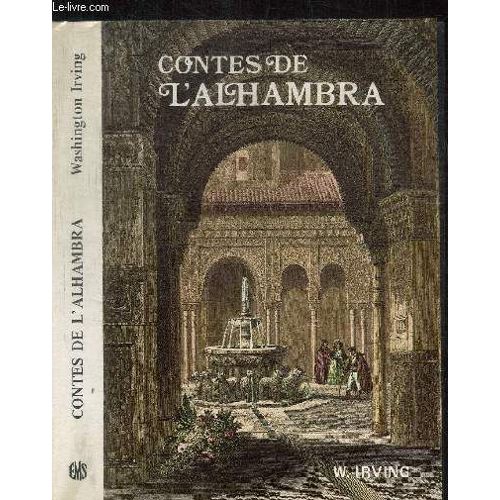

The Nasrid palaces were divided into three independent areas.

The Alhambra Complexĭuring its prime, the Alhambra had three main sections: The Alcazaba, a military base that housed guards and their families the palatial zone, which contained several palaces for the sultan and his kin and the Medina, a quarter where court officials lived and worked. The Generalife contained residential buildings and land used for grazing and cultivation, and it was designed as a place of rest for the Muslim royalty living at the Alhambra. The Generalife Garden, on the other hand, is situated nearby on the slopes of the Hill of the Sun. The river separates Sabika from the Albaicín, a Moorish residential district that, along with the Alhambra, form the medieval part of Granada. The Sabika hill and its palatine city are further surrounded by mountains, and Arab writers once likened Granada and Alhambra to a crown and diadem, respectively.Īt the base of the plateau is the Darro River, which runs through a deep ravine to the north. In all, the Alhambra spans nearly 26 acres, with more than a mile of walls, 30 towers and numerous smaller structures. The complex is irregular in shape and surrounded by defensive walls. The Alhambra is located west of the city of Granada on the Sabika hill-a strategic vantage point that provides views of the whole city of Granada and the plain (vega) of Granada.

In 1984, the Alhambra was designated a UNESCO World Heritage Site along with two other related sites: the Albaicín (or Albayzín) and the Generalife Garden.


 0 kommentar(er)
0 kommentar(er)
